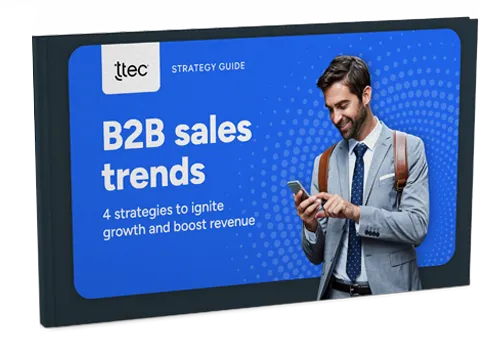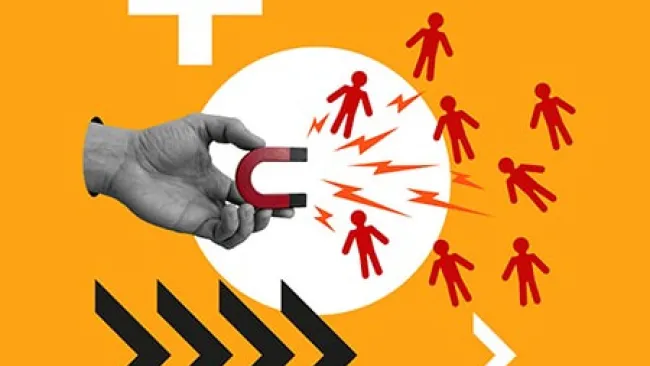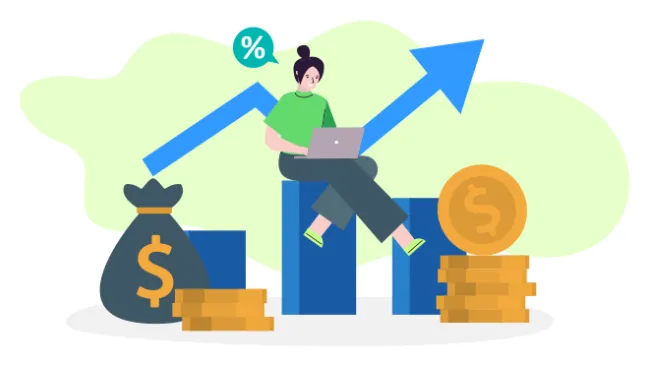The art of attracting and keeping customers is a balancing act, and the pandemic was an anvil thrown onto the scale. The brands that survived the shift in everyday life knew how to not only bring in new customers, but nourish the relationship with empathy and personalization.
To better understand this, we need to consider the fundamentals of customer acquisition vs. customer retention. Both strategies are essential to keep a business going, and one cannot be completed without the other.
What is customer acquisition?
In short, it’s your ability to acquire new customers. But customer acquisition is more than securing a purchase, it’s about creating a sustainable recruitment strategy that can evolve with new trends and changes.
Successful brands know how to optimize buying journeys to gain new customers, while leveraging technology and analytics to deliver personalized experiences that stand out from the competition. Maturing your customer acquisition strategy means engaging customers with relevant offers delivered through the right channel at the right time.
What is customer retention?
Establishing a strong relationship from the first interaction is key, but it is equally important to nurture that relationship over time. Customer retention is preserving an individual’s continued services with your organization through an extended and sometimes life-long journey.
Fostering a strong customer relationship is about showing customers that you know them. Individuals stay with brands that understand their needs now and in the future. Customer experience journey mapping and churn prediction analytics explore purchase cycles and implement steps to prevent an unpleasant experience. Healthy omnichannel retention and upsell programs can reduce attrition and build relationships that last a lifetime.
The art of perfect experiences
A great experience starts from the beginning to the end. Customer acquisition and retention strategies, although at different parts of the journey, rely on providing authentic experiences with individuals at every touchpoint, across every channel.
We believe that small gestures can speak volumes about your brand; look for opportunities to provide empathy in your customer experience and give your employees the right tools to make it seamless and efficient.
Likewise, utilize customer data to understand current and future needs and expectations. Fostering brand loyalty, an understanding of past activity, can increase total lifetime value and encourage people to invite friends and family to do business with your brand.
Hardships such as the pandemic and economic difficulties have made the above strategies more crucial than ever, and the impact of successful relationships more meaningful.
Learn more
Here are additional resources on creating meaningful customer relationships at every point of the journey:
Customer Loyalty and Retention Strategies: Keep customers happy and hit key business goals by investing in existing customer relationships.
Customer Acquisition as a Service: Our customer acquisition services help you find customers and personalize experiences across all channels in order to drive revenue and increase loyalty and lifetime value.
Five Keys to Set the Stage for New Customer Acquisition: Sales teams have always had their work cut out for them. But in a competitive economy, where the differentiators between organizations are getting slimmer, the challenges that sales teams face for new customer acquisition increase exponentially.
Personalization Drives Customer Acquisition and Retention for Insurers: Our always-on digital world is transforming consumer expectations and the way consumers interact with businesses.
Data Insight Reduces Churn and Decreases Costs: It is not enough to calculate churn rates. By utilizing data insights, this company identified key pain points leading to churned customers and was able to proactively improve the customer journey and customer retention rates.















